Healthy Living
Five Ways to Reduce Salt in Your Diet
Salt makes food tastier and it provides essential electrolytes that can help your body regulate fluid balance, muscle contractions and nerve transmission. However, the Food and Drug Association says that on average, Americans consume about 3,400 mg of sodium or one tablespoon of table salt per day. This is about 48% more than the recommended daily sodium intake limit of less than 2,300 mg or about just a teaspoon of salt.
Too Much Salt and Your Heart Health
Too much salt intake may eventually cause high blood pressure or hypertension which could increase your risk for heart disease. Hypertension can injure or overstretch the walls of your blood vessels, block blood flow and make it harder for the heart to pump blood through your body. It may also increase your risk for heart failure and a heart attack.
To protect your heart health, we recommend that you manage your sodium consumption and explore healthier ways to enjoy your food without adding extra salt.
5 Tips to Reduce Salt Consumption
These tips may help you keep your salt intake below the recommended daily limit of 2,300 mg:
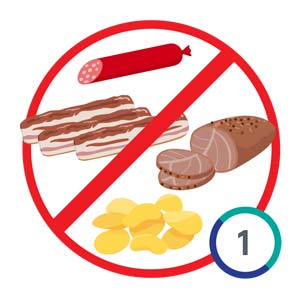 1. Limit processed and packaged foods. Processed and packaged foods, whether they’re in a can, box, jar or foil, usually contain preservatives like sodium that help stretch their shelf life. The obvious high salt foods include chips, cereals, crackers, cookies, cottage cheese and processed meats like bacon, ham, hotdogs, chicken nuggets, etc. to limit your salt intake. |
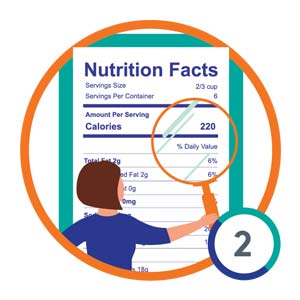 2. Read food labels or nutritional information. If it’s hard for you to completely cut out packed or processed food, the best compromise is to take note of the sodium content in food labels or nutritional information. When shopping, compare various kinds or brands of a specific food item and choose the one with the least sodium content. |
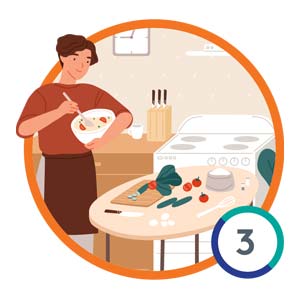 3. Prepare your own healthy meals. Fast food and foods prepared by some restaurants also contain excess amounts of salt. One of the best ways to avoid these is to prepare your own meals using fresh, whole ingredients such as fruits, vegetables, grains and fresh meat, without adding extra salt. |
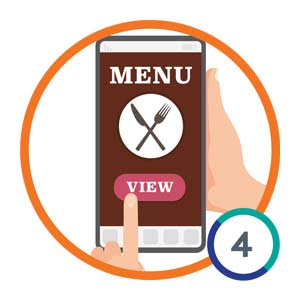 4. Do your research before dining out. Eating out can be entertaining with family and friends. However, to avoid consuming too much salt, we recommend that you search for restaurants that provide healthier options or are more flexible for specific requests. Visit the websites of your top picks and see if they post the nutritional information of the meals they serve. Otherwise, when you’re in the restaurant, you can request your order be served without salt. |
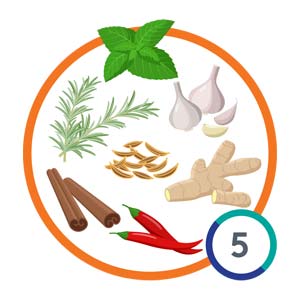 5. For flavoring, use herbs and spices instead of salt. Of course, we want our food flavorful but that shouldn’t always mean salty. When cooking or preparing food, you can explore healthier flavoring options such as garlic, turmeric, peppermint, cinnamon, chili powder, oregano, cumin and parsley. Go easy on mustard, mayonnaise, soy sauce and other dips or sauces as they could also be high in sodium. |
Takeaway
The love for salty food is something you develop over time, but you can also unlearn it for the better. It may take about 6-8 weeks to get used to eating food with little to no salt, but the long-term benefits of it are worth the effort.
Limiting your salt intake can help lower your blood pressure and cholesterol levels, prevent the thickening and hardening of your arteries, allow your heart to pump more efficiently and reduce your risk of a heart attack, heart failure, stroke, diabetes and more.
Sources:
American Heart Association
Food and Drug Association
Heart Foundation
National Kidney Foundation
Medical News Today

